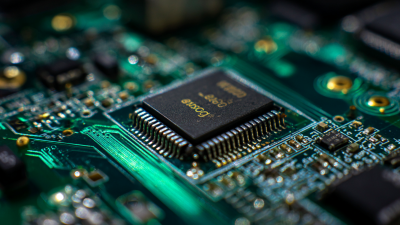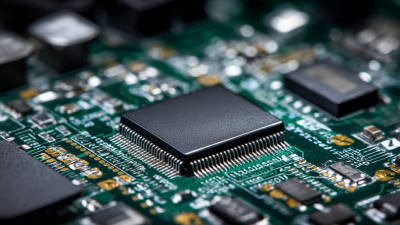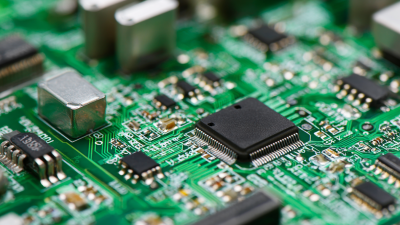WORLD electronics offers a complete line of electronic circuit board manufacturing and assembly services, as well as advanced manufacturing services. Our commitment to quality and service is second to no supplier.
Learn MoreOur team of engineers assists you in the development of new designs to optimize quality manufacturability (DFM) and testability, resulting in cost minimization and reduced product development time.
Learn MoreOur flexible manufacturing floor layout and highly trained staff allow for Quick Set-up and Tear Down of small volume prototype runs. This combination grants our customers the benefit of turning new designs quickly and accurately.
Learn MoreWORLD electronics is dedicated to quality. This quality is what underpins our commitment to thorough testing. Our engineers can develop a set of tests that ensure reliability and high performance in all products.
Learn MoreSupply chain management has crossed over from being a narrow management function to being a key operational function.
Learn MoreIn the rapidly evolving world of electronics, the efficiency of the circuit board assembly process is crucial to maintaining a competitive edge. As technology advances and consumer demands grow, optimizing this process not only enhances production speed but also ensures higher quality and reduced costs. This guide delves into effective strategies and best practices to streamline your circuit board assembly operations. By focusing on key areas such as workflow improvement, equipment upgrades, and quality control measures, manufacturers can significantly increase their throughput and minimize waste. Whether you are a seasoned professional or new to the industry, understanding how to optimize your circuit board assembly process is essential for achieving maximum efficiency and driving business success.
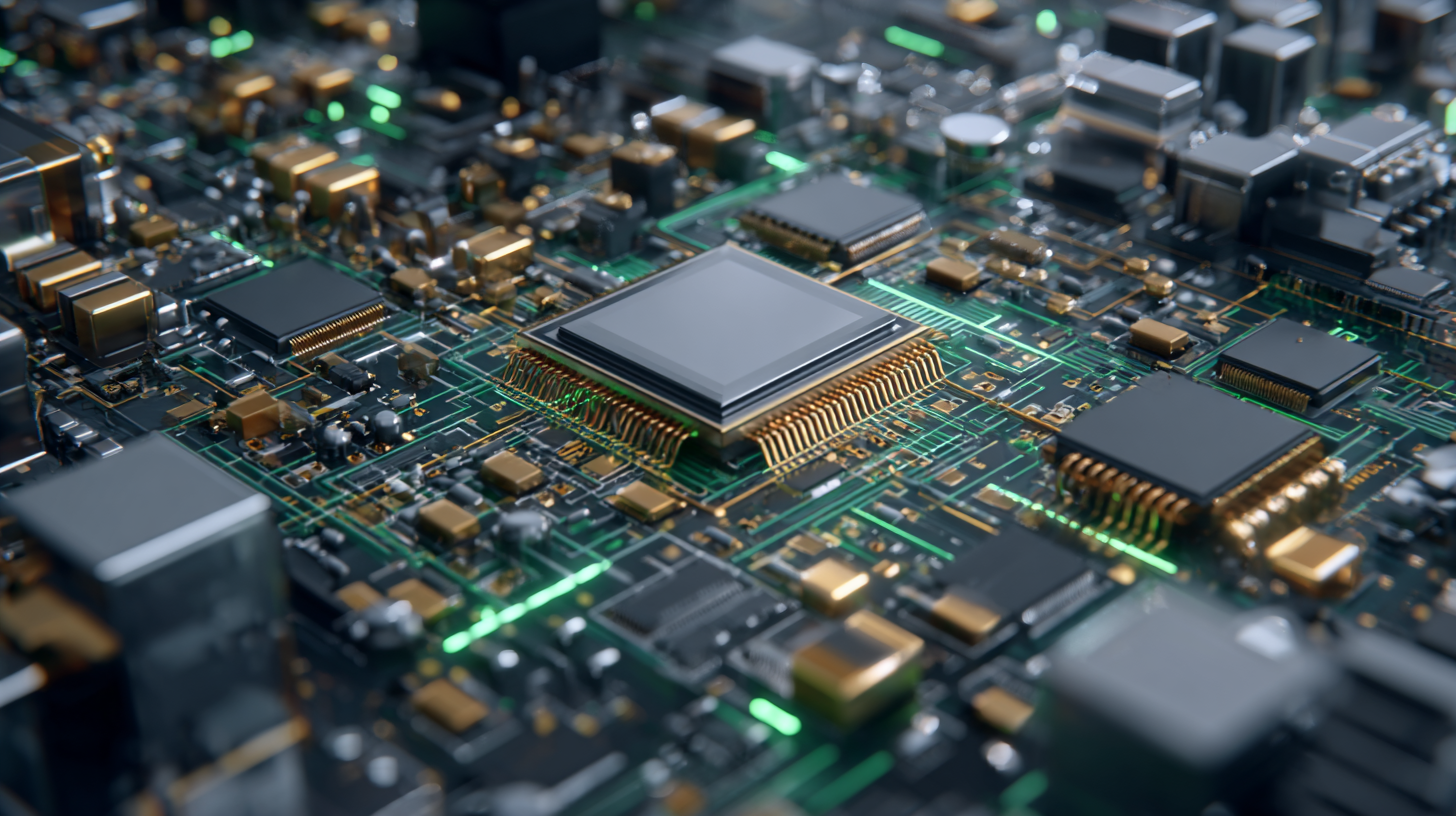
To streamline your Circuit Board Assembly (CBA) workflow, it’s essential to integrate best practices that enhance both speed and accuracy. One key approach is to standardize your processes and tools. By utilizing a consistent set of components, assembly tools, and workflows, you can minimize confusion and reduce the time spent training new employees. This consistency not only improves efficiency but also aids in quality control, as stepped processes become easier to monitor and improve.
Tip: Implement a digital inventory management system to track components in real-time. This not only reduces the chances of errors in component selection but also streamlines the reordering process, ensuring that your assembly team is never caught without essential parts.
Another effective practice is to invest in automation where feasible. Technologies such as pick-and-place machines can significantly speed up the assembly process, allowing employees to focus on more complex tasks that require human oversight. Moreover, automating task scheduling can help in allocating resources optimally, reducing downtime.
Tip: Schedule regular maintenance for your equipment to prevent unexpected breakdowns. Keeping machines in optimal condition ensures continuous operation, further enhancing your assembly line's efficiency.
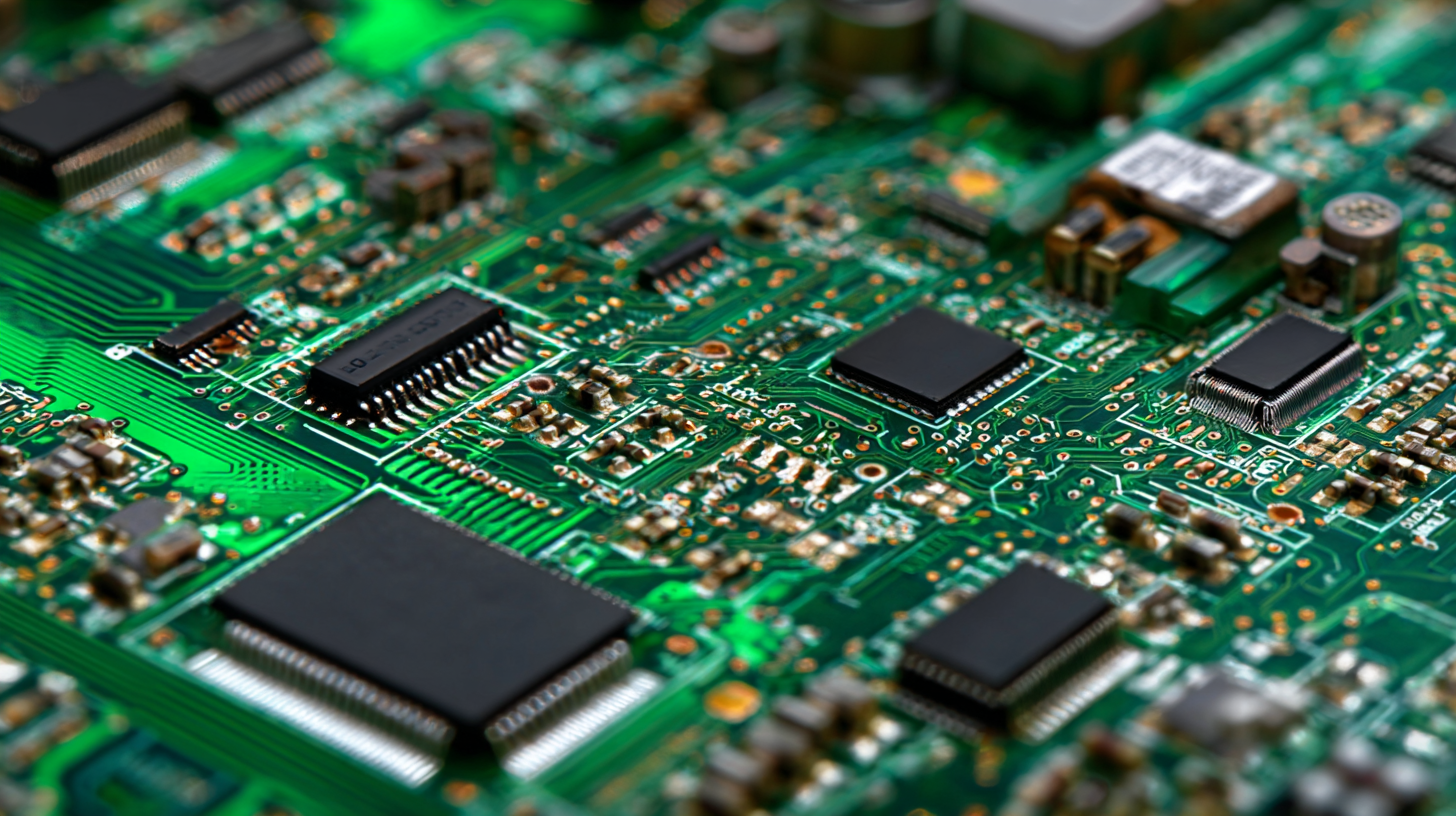
In the evolving landscape of PCB production, leveraging automation has emerged as a pivotal strategy to enhance efficiency. Long-established PCB manufacturers are now embracing automated processes to streamline their operations. This shift not only amplifies productivity but also significantly boosts profitability, as seen in various industrial reports highlighting the substantial growth in profit margins among those who have integrated advanced automation technologies.
Automation in PCB assembly minimizes human error, accelerates production times, and enables consistent quality, which is essential in meeting the escalating demand for high-efficiency manufacturing. Moreover, the integration of smart technologies, such as AI-driven tools, allows for real-time monitoring and optimization of production workflows. This technological evolution not only aligns with the industry's push for efficiency but also prepares companies to meet future market challenges head-on, ensuring that they remain competitive in a rapidly changing environment.
Lead times play a crucial role in the circuit board assembly process, significantly affecting both assembly quality and speed. Understanding and analyzing these lead times can help identify bottlenecks that hinder efficiency. A well-managed lead time ensures that components arrive on schedule, allowing for a smooth workflow. If lead times are excessive, it can lead to rushed assembly procedures, which may compromise the quality of the final product. Therefore, it is vital to strike a balance between reducing lead times and maintaining high standards of quality.
In addition to managing the procurement of components, optimizing lead times involves a thorough analysis of the entire assembly workflow. By examining each step, from soldering to inspection, manufacturers can pinpoint areas for improvement. Implementing just-in-time inventory strategies or investing in automation technology can help minimize delays and enhance speed without sacrificing quality. Ultimately, a comprehensive approach to analyzing lead times ensures that the circuit board assembly process operates at maximum efficiency, leading to higher productivity and customer satisfaction.
Effective supply chain management is pivotal in optimizing the PCB assembly process, significantly influencing efficiency and cost-effectiveness. As the industry faces numerous challenges, including supply chain disruptions exacerbated by previous global events, it is crucial to enhance coordination among supply chain participants. Recent trends indicate that advancements in automation and logistical strategies can yield significant improvements. For instance, the integration of artificial intelligence within manufacturing environments has been shown to streamline operations, boost production rates, and minimize errors. Research suggests that companies employing AI-driven systems can expect up to a 30% increase in operational efficiency, ultimately influencing the speed and cost of PCB assembly processes.
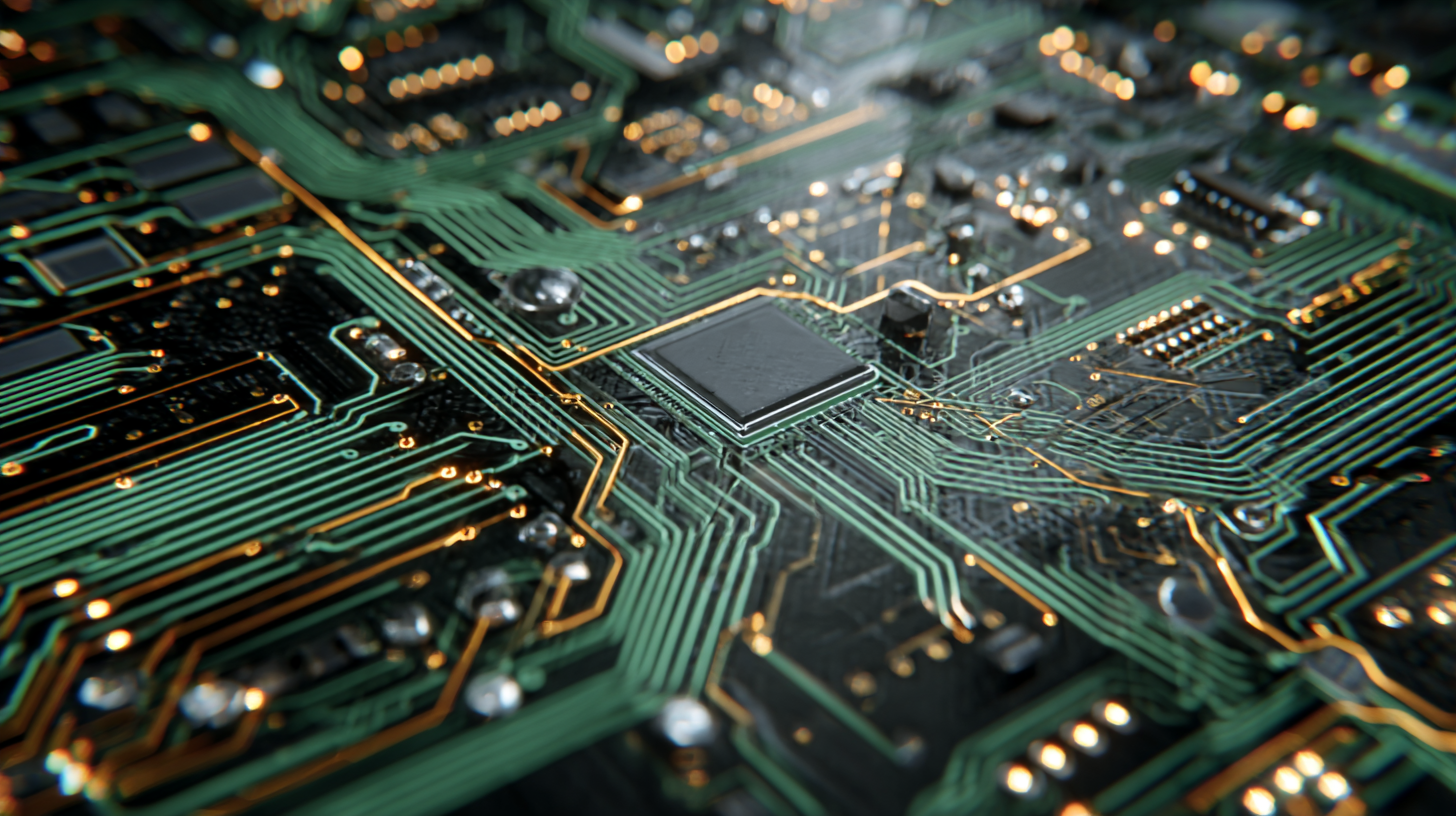
Moreover, the emergence of prefabricated construction supply chains provides valuable insights for PCB assembly optimization. With a focus on two-echelon supply chains—manufacturers coordinating closely with assemblers—studies reveal that optimized pricing and enhanced assembly rates can be obtained through strategic government subsidies. Such approaches encourage collaboration and innovation, leading to reduced lead times and better inventory management in PCB production. By adopting similar collaborative frameworks, PCB manufacturers can not only mitigate risks associated with supply chain disruptions but also ensure a more resilient and responsive assembly process that meets market demands effectively.
Implementing real-time monitoring systems in circuit board assembly (CBA) processes can significantly enhance performance and efficiency. According to a report by IPC, 75% of manufacturing companies that adopted real-time monitoring technologies reported substantial reductions in production errors and defects. These systems provide immediate feedback on various parameters, such as temperature, humidity, and machine performance, enabling manufacturers to address issues before they escalate into costly problems. By integrating sensors and IoT technologies, businesses can achieve an unprecedented level of insight into their operations.
Furthermore, studies indicate that real-time monitoring can lead to up to a 30% increase in overall equipment effectiveness (OEE). This is achieved through the continuous tracking of machine performance, which allows for timely preventive maintenance and minimizes downtime. For example, technologies such as automated optical inspection (AOI) can identify defects in the assembly process as they occur, drastically reducing the lead time for rework. By leveraging data analytics from these monitoring systems, companies can also optimize their workflows, further pushing the boundaries of efficiency in the circuit board assembly process.



